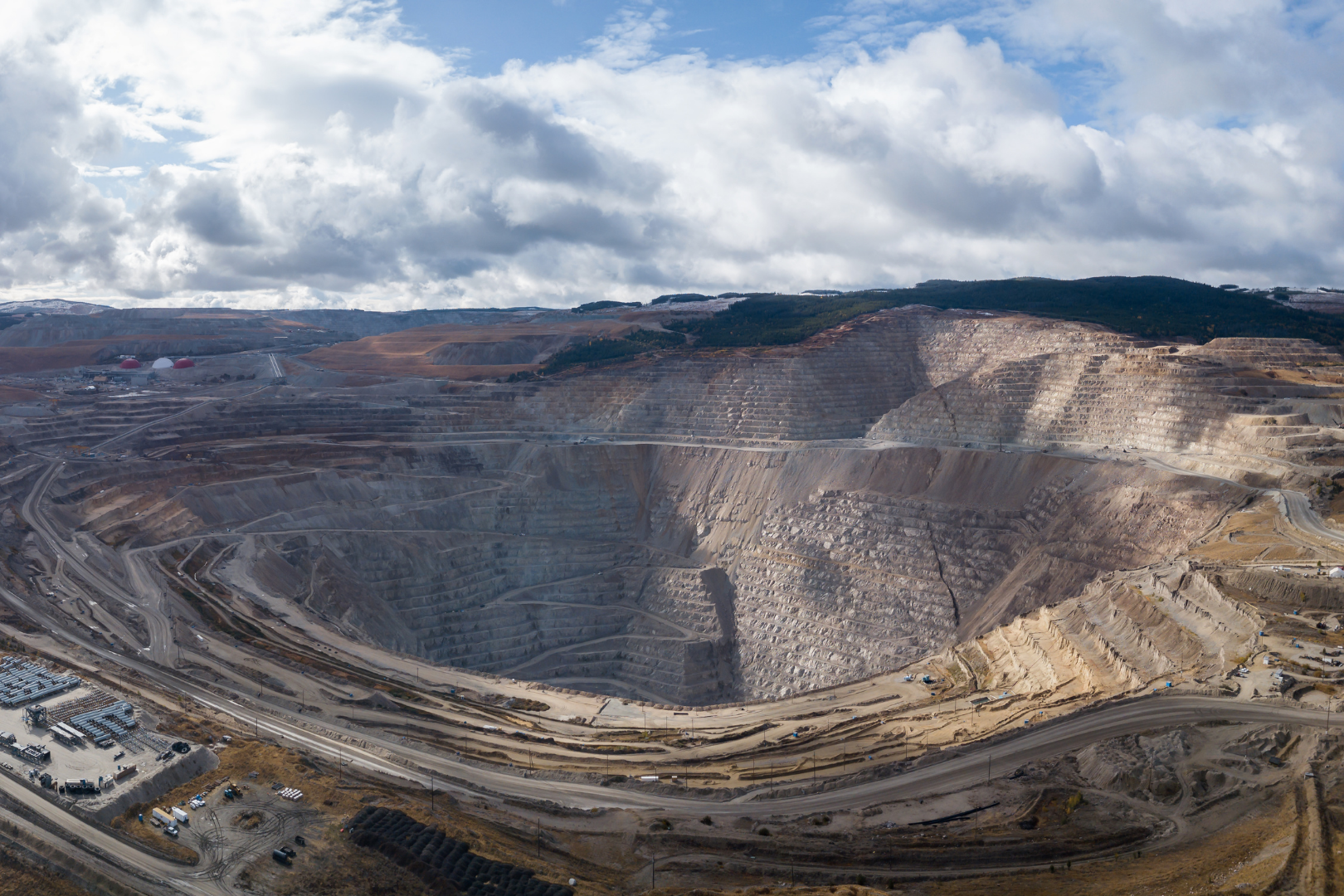
How can we reconcile rare earth mining with respect for the environment?
The use of rare earths has grown considerably in recent years. They are now indispensable to the development of our electrical and electronic devices. Rechargeable batteries for electric vehicles, computer screens, lithium batteries for cell phones, batteries… Without these metals, our everyday objects would not exist. All too often, however, they are mined at the cost of disastrous environmental pollution.
What are rare earths?
The term “rare earths” covers 17 metallic chemical elements: scandium, yttrium and the fifteen lanthanides. These mineral materials with their exceptional properties are used in the manufacture of high-tech products. They are used in the design of telephones, televisions, electric car batteries, LED screens and even wind turbines.
Contrary to their name, they are not rare. There are numerous deposits around the world, but stocks are finite and extraction is difficult, costly and extremely polluting. What’s more, over 90% of these metals are found in China, creating dependence on other countries and making access to them dependent on geopolitical factors. This virtual monopoly is prompting many countries to diversify their supplies or exploit new deposits.

Rare earths have many properties. They have remarkable properties such as high thermal stability, high electrical conductivity and strong magnetism, which have led to significant performance gains for technologies while reducing the amount of materials consumed. For example, integrated into our computer screens, rare earths are used to polish the screen and make it perfectly smooth. They are also used to display colors. Red is reflected by the europium-yttrium assembly, blue by europium alone and green by terbium. Many are also sought after for their magnetic properties in magnet manufacture, as well as for their semiconductor properties in digital technologies. Magnets made from rare earths such as neodymium, praseodymium and dysprosium are the most powerful permanent magnets known. Thanks to their high performance, they have enabled the miniaturization of many electronic devices. Compared with conventional ferrite magnets, rare earths enable the production of magnets up to ten times smaller for equivalent power. These magnets are then used, among other things, in the motors of hard disk read/write heads.
Impact on the environment
Extracting and refining rare earths requires a lot of energy, water and chemicals, which are then released into the environment: heavy metals, sulfuric acid, even uranium. Mining is also a major cause of deforestation, ecosystem destruction and geopolitical tensions. It has a direct impact on the environment through the excavation of vast quantities of earth, and direct human and health consequences. For example, in China, the world’s leading producer of rare earths, 3 million hectares of land have been ravaged by mining activity. Colossal energy and water resources are also required: one kilogram of gallium requires the extraction of around 50 tonnes of rock, which must then be purified using 10,000 m3 of water. Around Baotou, China’s main production site, acidic water, heavy metals and radioactive elements have been discharged into the environment.
 While the mining of rare earths causes considerable pollution and reserves are dwindling, all markets are still booming. There will always be deposits left, but extraction costs will become increasingly prohibitive as these deposits get deeper and deeper. The challenge now is for countries to secure their supplies at reasonable prices and limit the impact of rare earth scarcity worldwide. There are three ways to do this: reduce their use, diversify sources by exploiting mines outside China, and recycle these minerals. It is the third option that countries with no rare earth mines are seeking to develop.
While the mining of rare earths causes considerable pollution and reserves are dwindling, all markets are still booming. There will always be deposits left, but extraction costs will become increasingly prohibitive as these deposits get deeper and deeper. The challenge now is for countries to secure their supplies at reasonable prices and limit the impact of rare earth scarcity worldwide. There are three ways to do this: reduce their use, diversify sources by exploiting mines outside China, and recycle these minerals. It is the third option that countries with no rare earth mines are seeking to develop.
Recycling rare earths: a strategic challenge
Recycling the rare earths contained in electronic waste rather than producing them is one of today’s major challenges! The solution would be to recycle electronic waste, extracting the rare earths and reinjecting them into the economy.
Computer recycling is a complex process involving several distinct phases, from sorting and dismantling to processing. This involves separating materials, molecules or chemical elements, so that they can be sold as raw materials for the manufacture of new products. This involves dismantling appliances and components, sorting and crushing them, and finally separating the materials, usually by incineration or solution processes. However, recycling rare earths from computer equipment is no easy task. As electronic components get smaller and smaller, it becomes increasingly difficult to separate their constituents. With this in mind, recovering rare earths is a real challenge for industry.

The digital transition continues to spread in a world where everyone wants to be hyper-connected. But what will our future needs for rare earths be? To avoid over-consumption of these metals, one solution could be to increase the recycling of rare earths.
Obsolete computers, printers at the end of their useful lives – your IT equipment is up for renewal and you don’t know what to do with it all? FinGO is committed to scrupulously respecting the steps involved in computer recycling, while taking care to recover rare earth elements in order to meet our customers’ expectations.


